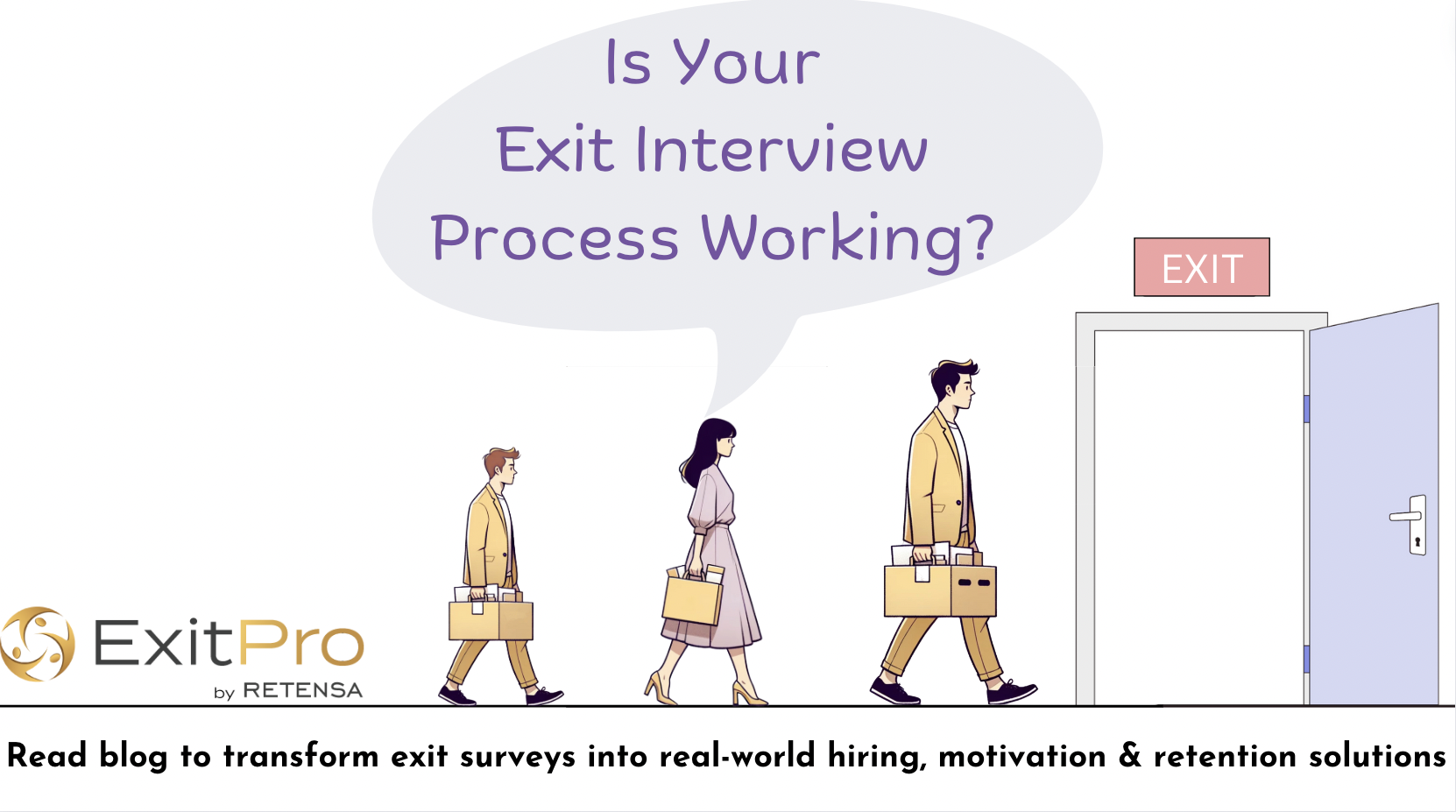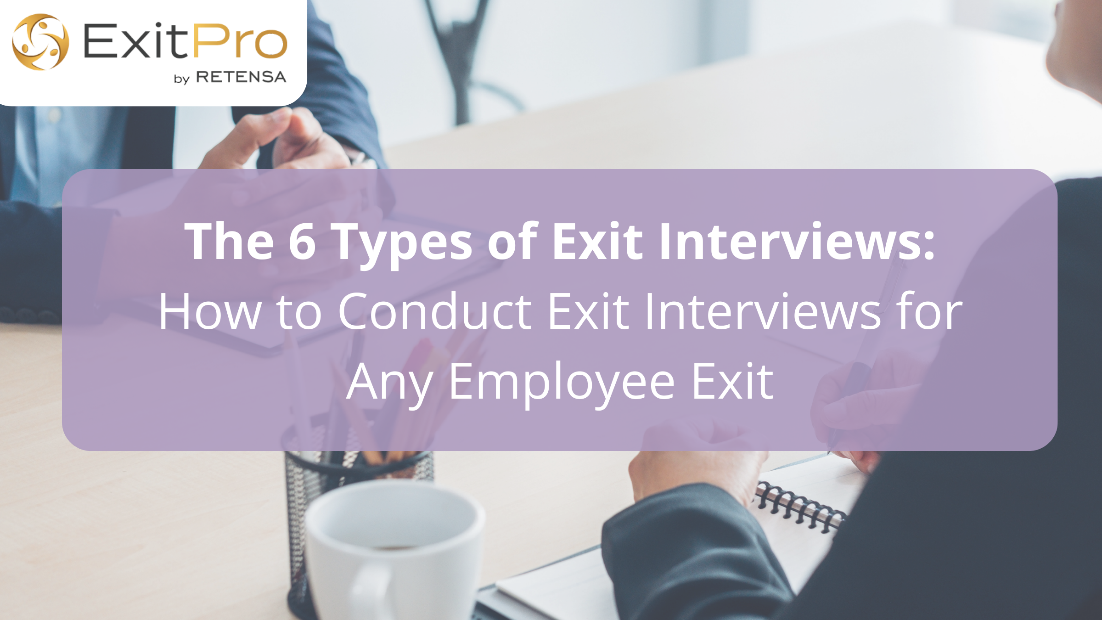Why Employees Leave—and How to Stop the Turnover Tidal Wave
In 2020, almost every employer stopped hiring. By 2021, businesses faced a tidal wave of resignations, with one in four people quitting their jobs. Today, employee turnover remains a critical issue, with half of U.S. employees (51%) either watching for or actively seeking a new job, reflecting a continued upward trend. Employers across industries are striving to address this growing challenge.
Employee turnover comes with substantial costs, as organizations must allocate resources to recruit, interview, and train new employees. Retention issues are increasingly challenging, with replacement expenses reaching approximately 200% of a leader’s salary, 80% for technical roles, and 40% for frontline positions. Disengaged employees are more likely to seek out better opportunities elsewhere.
When examining what contributes to employee retention, one of the most pivotal elements is how fairness is perceived within the workplace
The Shift from Peer Interactions to Manager-Centered Relationships in the Post-COVID Workplace
Workplace dynamics irreversibly changed after COVID. Employees bring radically different expectations that come from radically different experiences. Many are rethinking what work means to them, how they are valued, and how they should spend their time. Managers can create an environment that can foster or hinder employee motivation. The effects of poor motivation in the workplace are well-known: higher employee turnover, lower levels of engagement, poor communication, and diminished productivity are just a few of the issues that may lead to a demotivated and toxic work environment.
A study by the American Psychological Association found that 75% of Americans say their “boss is the most stressful part of their workday.” An important factor that affects employees’ internal motivation is their perception of how fairly they are treated with respect to their tenure in the organization.
Especially for remote workers, there are far fewer interactions with peers, which is consistently in the global top 3 reasons that someone worked at, or stayed with, their employer. With less of the intrinsic value, or buffer, or stress release that coworkers provide, the manager’s influence escalated. With more isolation, manager and leader interactions now account for much more time (proportionally) that an employee spends with people at work.
Employees are increasingly sensitive to fairness and how leaders treat them. Organizations that prioritize transparency, wellness programs, peer networks, and recognition score higher on employee perceptions of fairness. A study by the American Psychological Association (APA) found that common forms of organizational misbehavior, such as employees putting in minimal effort (56.2% prevalence), are connected to perceptions of fairness and can lead to “quiet quitting“. This disengagement, where employees do just enough to meet their job requirements, can ultimately result in higher turnover if not addressed.
Beyond the perception of fairness, supervisory behavior plays a pivotal role in influencing employee decisions to stay or leave.
What supervisory behavior impacts voluntary turnover?
The problems that lead to quitting because of a manager share 3 major characteristics:
- They are frequently displayed by the manager
- They are habitual patterns of the manager
- They are preventable
A report finds that 63% of employees who have a bad manager are considering leaving their companies within the next year.
Managers employing an autocratic leadership style are unsuccessful at building long-term commitment with their subordinates. An organizational culture can become toxic and unproductive if they advocate an environment built on fear.
Characteristics of an autocratic leadership style:
- 1. Inconsistent, unpredictable messages that lack clarity
- 2. Lack of emotional control when encountering a stressful situation
- 3. Inflexibility when managers repeat mistakes and do not take steps to improve or learn new skills
- 4. A lack of mentoring knowledge
- 5. Disinterest in guiding their report’s long-term career goals
- 6. Lack of acknowledgement and appreciation
The role of supervisors is the most influential to an employee’s job experience.
Managers who fail to see or recognize individual contributions stifle productivity and creativity amongst their team. Employees who feel suffocated with their manager are more likely to think about finding a different place to work.
In contrast, Research shows that a strong manager-employee relationship and effective managerial style is crucial for retention.
Characteristics of an effective managerial style
Employees value these traits in their managers:
- 1. Empathy and Compassion: Managers who show genuine concern foster trust and safety, encouraging employees to stay and perform well.
- 2. Recognition and Appreciation: Regular acknowledgment boosts morale and loyalty. Celebrating achievements makes employees feel valued and motivated.
- 3. Consistency and Clarity: Clear, consistent communication prevents confusion and disengagement, promoting a sense of stability.
- 4. Positive Reinforcement: Providing constructive feedback helps employees build confidence and stay motivated.
- 5. Emotional Control and Adaptability: Managers who maintain stability and adaptability in stressful situations create a healthy work environment.
- 6. Self-Awareness and Self-Care: Leaders who practice self-care are better equipped to support their teams effectively.
How will exit interview questions reduce employee turnover?
Exit Interview Research Study: Advanced Analysis Report
Exit interviews provide valuable feedback to improve workplace dynamics and create effective retention strategies. Employees are often eager to share insights about their experiences, especially regarding managerial relationships.
By asking focused questions like:
- 1. Were you and your supervisor able to work together effectively?
- 2. What kind of feedback did you receive from your supervisor and how frequently?
- 3. How could your supervisor have supported you better on the job?
- 4. How would you describe your supervisor’s management style?
Organizations can uncover patterns in supervisory behavior that influence turnover. Analyzing these responses helps identify trends, leading to actionable steps for improving management practices and fostering fairness.
When companies act on exit interview data—such as addressing recurring managerial issues through targeted training—they often see reduced voluntary turnover and increased job satisfaction. This process also signals to employees that their feedback matters, fostering a culture of openness and improvement. Ultimately, leveraging exit interview insights not only helps retain current employees but also strengthens the organization’s reputation, making it more attractive to future talent.
Exit Interview Conclusion:
Managers are not the only reason why employees leave, but they do contribute to staff decisions to stay. It takes more than one exit interview question to understand the state of the workforce. A strategically created exit interview gives insights into the organization into why an employee chose to leave and provides recommendations for improvements and changes. More organizations who conduct exit interviews will more accurately uncover employees’ actual reasons for leaving
A customized exit interview gives data-driven insights into why employees chose to leave and prioritizes recommendations for improvement. A commonly repeated quote is, “People don’t leave jobs, they leave managers”. However, it’s been said for so long, the people who heard it grew up making sure they weren’t them. Most managers want to be “good”. Exit interview answers for them support direct growth and professional development.
Since the reason why employees quit is a mixture of factors, getting exit interview reports that indicate how managers contribute to turnover, and how much, gives leadership the tools to reduce it.
Ultimately, a comprehensive approach that encompasses fair treatment, strong managerial practices, and effective use of exit interviews can significantly bolster employee retention.
Retensa’s ExitPro tool doesn’t just collect data; it uncovers the root causes of turnover, especially in areas like managerial impact and workplace fairness. With actionable insights tailored to your organization’s needs, you can address challenges like gathering manager-specific feedback and fostering a culture of inclusivity and fairness. Transform your retention strategy with Retensa’s innovative solutions—reach out to us and take the first step towards creating a more engaged and committed workforce.
For more information about how Retensa builds the perfect exit interviews in over 50 countries and nearly 22 languages to boost employee retention, sign up for a free ExitPro exit interview software trial.
References:
- 1. Tatel, C., & Wigert, B. (2024, July 10). 42% of employee turnover is preventable but often ignored. Gallup. Retrieved from https://www.gallup.com/workplace/646538/employee-turnover-preventable-often-ignored.aspx
- 2. What to Do When You Have a Bad Boss
https://hbr.org/2018/09/what-to-do-when-you-have-a-bad-boss - 3. Avoiding Managerial Dysfunction in your Workforce
https://retensa.com/blog/avoiding-managerial-dysfunction-in-your-workplace/ - 4. Making Exit Interviews Count
https://hbr.org/2016/04/making-exit-interviews-count - 5. De Schrijver, A., Delbeke, K., Maesschalck, J., & Pleysier, S. (2010). Fairness perceptions and organizational misbehavior: An empirical study. The American Review of Public Administration, 40(6), 691–703. https://doi.org/10.1177/0275074010363742
- 6. Allas, T., & Schaninger, B. (2020, September 22). The boss factor: Making the world a better place through workplace relationships. McKinsey Quarterly. https://www.mckinsey.com/business-functions/organization/our-insights/the-boss-factor-making-the-world-a-better-place-through-workplace-relationships
- 7. RSM Global. (n.d.). The value of effective exit interviews. Retrieved from https://www.rsm.global/ireland/insights/value-effective-exit-interviews
- 8. Society for Human Resource Management (SHRM). (n.d.). Exit Interview Questions. Retrieved from SHRM website.




